Tyre Pressure – why is it so important?
Article written by Bush Tyres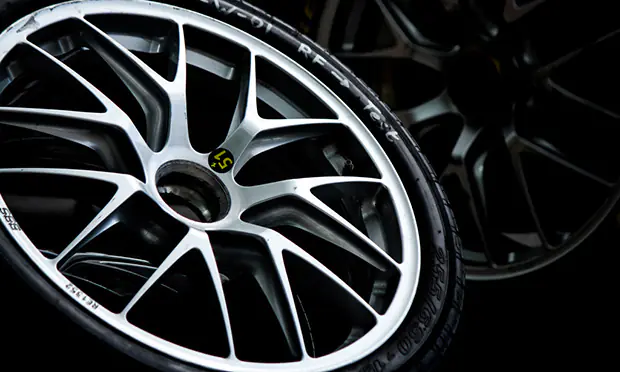
As drivers we should all know that having the correct tyre pressure is important, but do we know why and what the consequences can be?
Tyres by their very nature are porous and air will leak out through the casing itself, albeit very slowly, or through the valve over time, again very slowly.
Always fit dust caps to the valves to stop dirt getting into the mechanism and it also acts as the last thing to stop air escaping from the tyre.
What is my correct tyre pressure?
The correct tyre pressure is determined by your vehicle manufacturer, you can find what is the correct pressure for you vehicle from the vehicle hand book although most manufacturers put labels inside the petrol cap cover and inside the driver’s door ledge too.
Tyres should be adjusted according to the load/weight you are carrying or towing. These are shown in the vehicle handbook and by way of symbols on the labels explained earlier.
Tyres should always be set to the correct pressure and always when the tyre is cold or at least cool. If you have driven less than 2 miles quite slowly the tyres can be considered cool. If the tyres are hot and there is no option to allow them to cool down you can inflate them, but add 4 to 5 PSI more than the recommended pressure. Once you have completed your journey you should allow the tyre to cool, perhaps overnight, and re-check and adjust it to the correct pressure if necessary.
When should you check your tyre pressure?
Some manufacturers recommend they be checked every month and before a long journey however, some say every two weeks although checking them on a weekly basis is a safe method too as this gives some time to look at the condition, wear and any damage that may have occurred.
In normal driving, and if your tyre pressure is set correctly, it can vary between 6 and 8 PSI during a journey as the stresses and forces are applied to a tyre. This is normal and the tyre is designed to operate safely under these variances of pressure.
An under inflated tyre will be harder to handle as you steer, if on the rear axle it can cause deflection in direction (rear steering) which can be sudden and un-recoverable. It will increase the rolling friction with the road surface which in turn requires more energy from the engine therefore using more fuel. The temperature of the tyre will increase as the tyre pressure reduces, the sidewall may start to deform, generating heat to a point that the casing may fail catastrophically. Even if the tyre does not fail it will wear out quicker than that of a tyre at the correct pressure. The tell tail signs are that the tyre is wearing out on the edges of the tyre more than the centre, the tyre sidewall will feel hot after even a short journey.
An over inflated tyre will offer less grip on the road surface, you vehicle will be susceptible to skidding on the surface. The tread, which is for pumping water out from beneath the wheel, cannot operate properly and in wet conditions aquaplaning may occur. In extreme and long term cases the centre of the tyre is in minimal contact with the road and wears out unevenly.
Tyre pressure monitoring.
Many modern cars have tyre monitoring systems fitted; there are mainly two types;
- Tyre rotation monitoring; The vehicle computes the rotation speed differential of the wheel to indicate there is a lack of pressure and put a warning on the dashboard.
- Tyre pressure monitoring; Sensors inside the wheel and under the tyre that detect the pressure, or lack of it, and transmit a warning to the car receiver/dashboard.
Unfortunately some drivers rely on tyre monitoring and fail to have that physical look at their tyres for damage or debris embedded in the tyre.
Tyre Gauges.
There are many tyre gauges on the market, digital ones need batteries and show PSI, BAR and KPA whereas the analogue are easy to read but do not rely on batteries. Most are accurate to within acceptable limits, but with all things you get what you pay for although an expensive tyre gauge may not be any more accurate than its cheaper competitor.
Tyre Safety
More tyre-related incidents happen on Britain’s roads during the summer months than at any other time of year. To keep your risks to a minimum, ensure you’ve checked your tyres before you set off. You should check your tyres’ tyre tread, pressure and condition every month and if something doesn’t look right get it checked by a professional.
For more information about tyre safety take a look TyreSafe’s Summer tyre safety campaign and Tune into tyre safety leaflet.
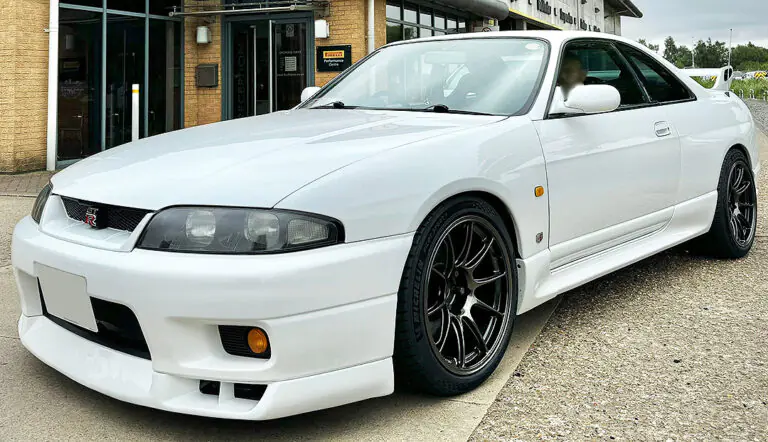
Over in our Spalding branch the influence of the far east could be easily felt as two Japanese classics were brought to us from Baileys Prestige and Performance. The first an immaculate Pearl White Nissan R33 GT-R having Michelin Pilot Sport 5 tyres fitted to a set of new light weight race wheels supplied by our friends over at SR Autosource.

Hoping for some warmer weather this 1985 VW camper van visited our Spalding depot in preparation for the suns return later in the year. The driver chose to have Rapid tyres fitted. This is a great choice of tyre as it offers peace of mind with a full accidental damage guarantee.
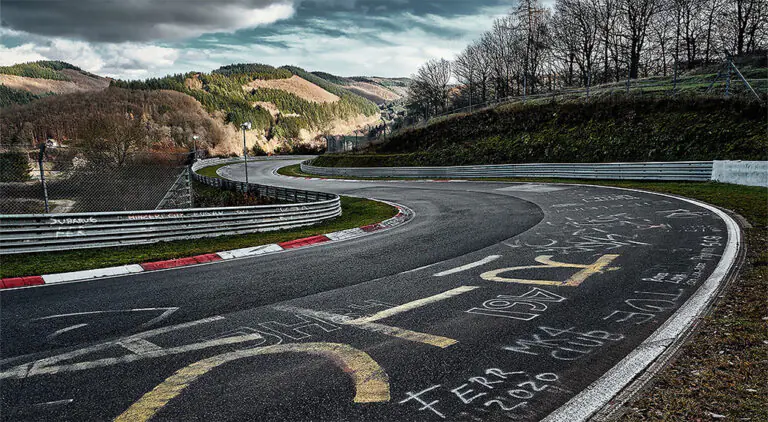
The Porsche Carrera GT was already a quick car around the Nürburgring. Can modern tyre technology really make much of a difference to its lap time? Hold onto your hats and delve deeper.



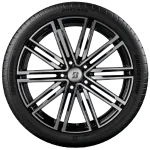 Tyres
Tyres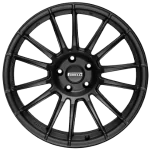 Services
Services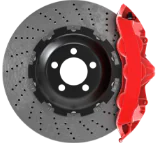 Fast Fit
Fast Fit Offers
Offers